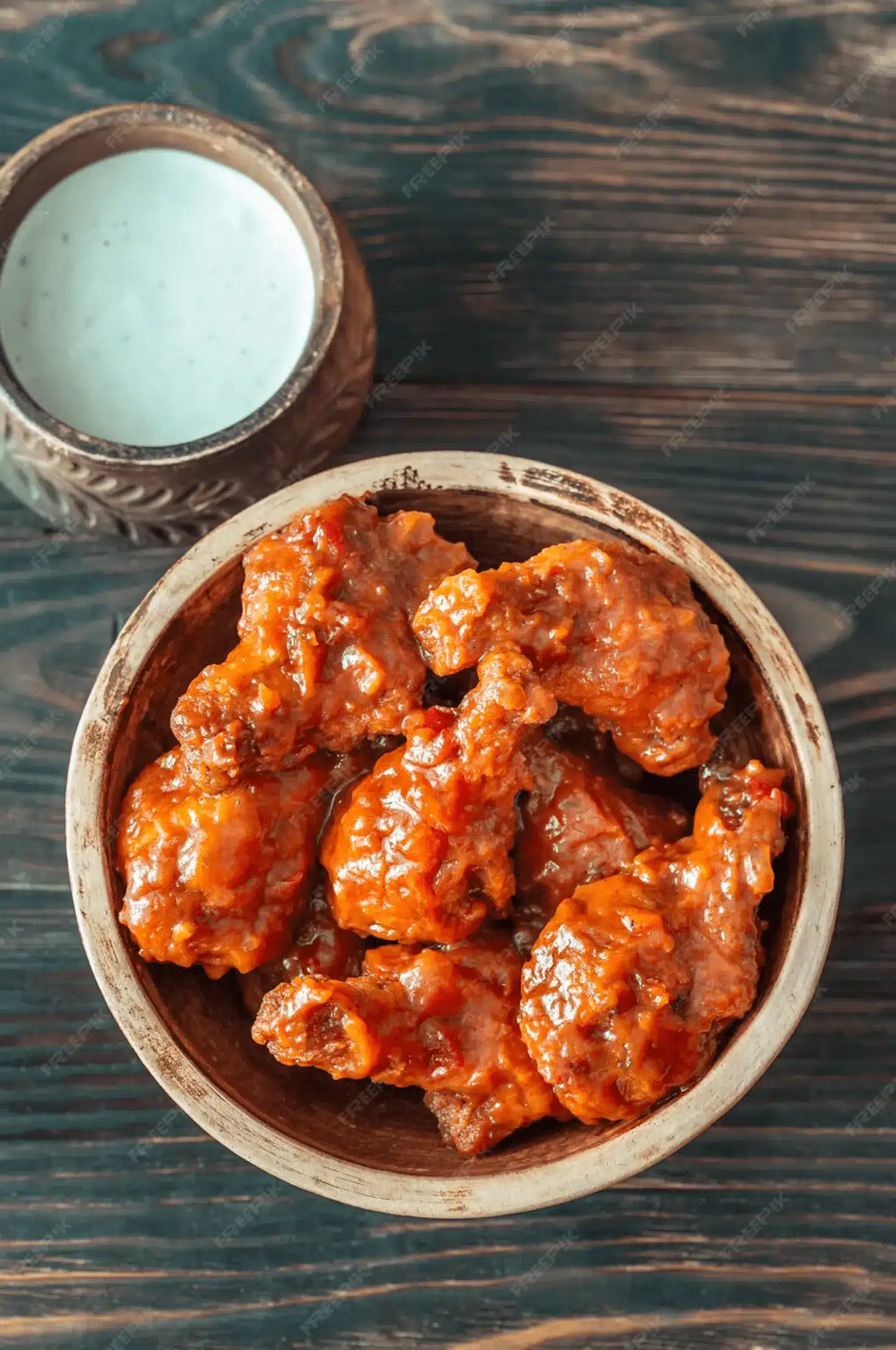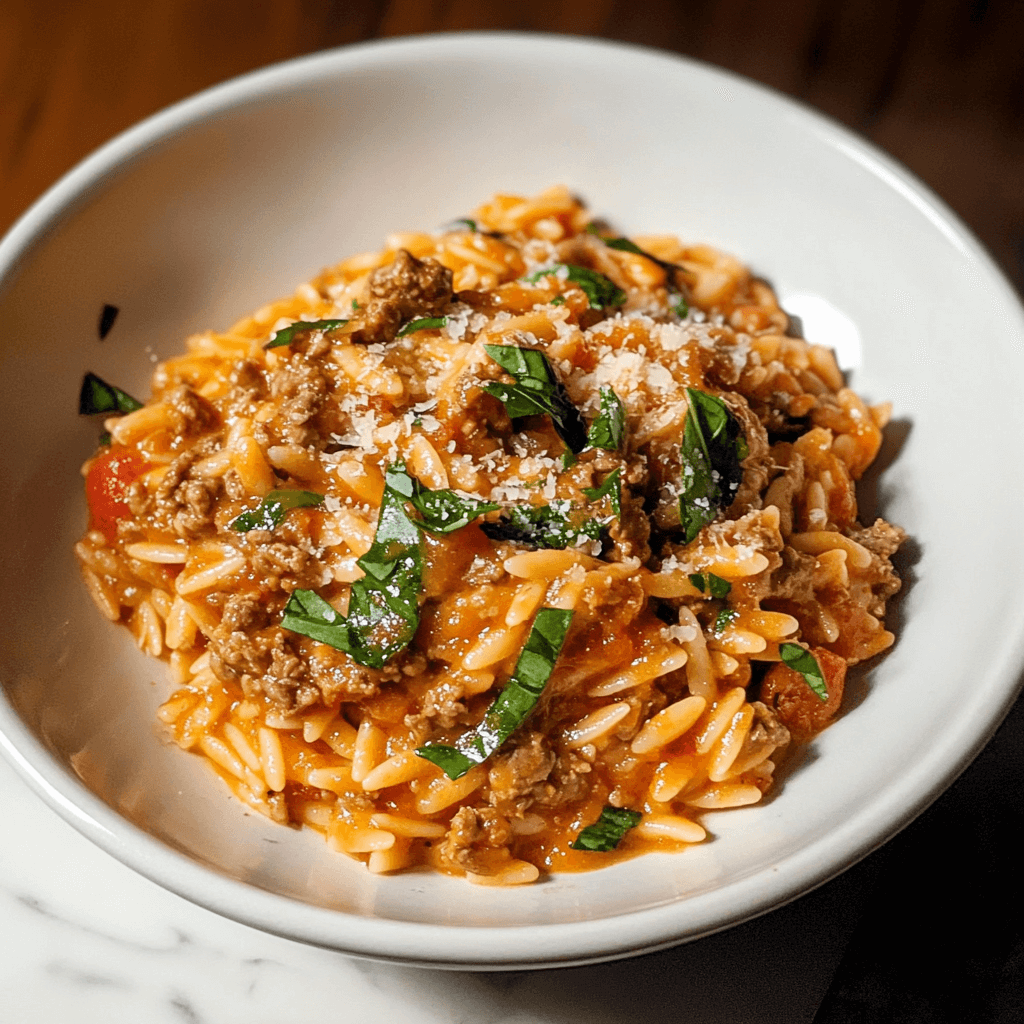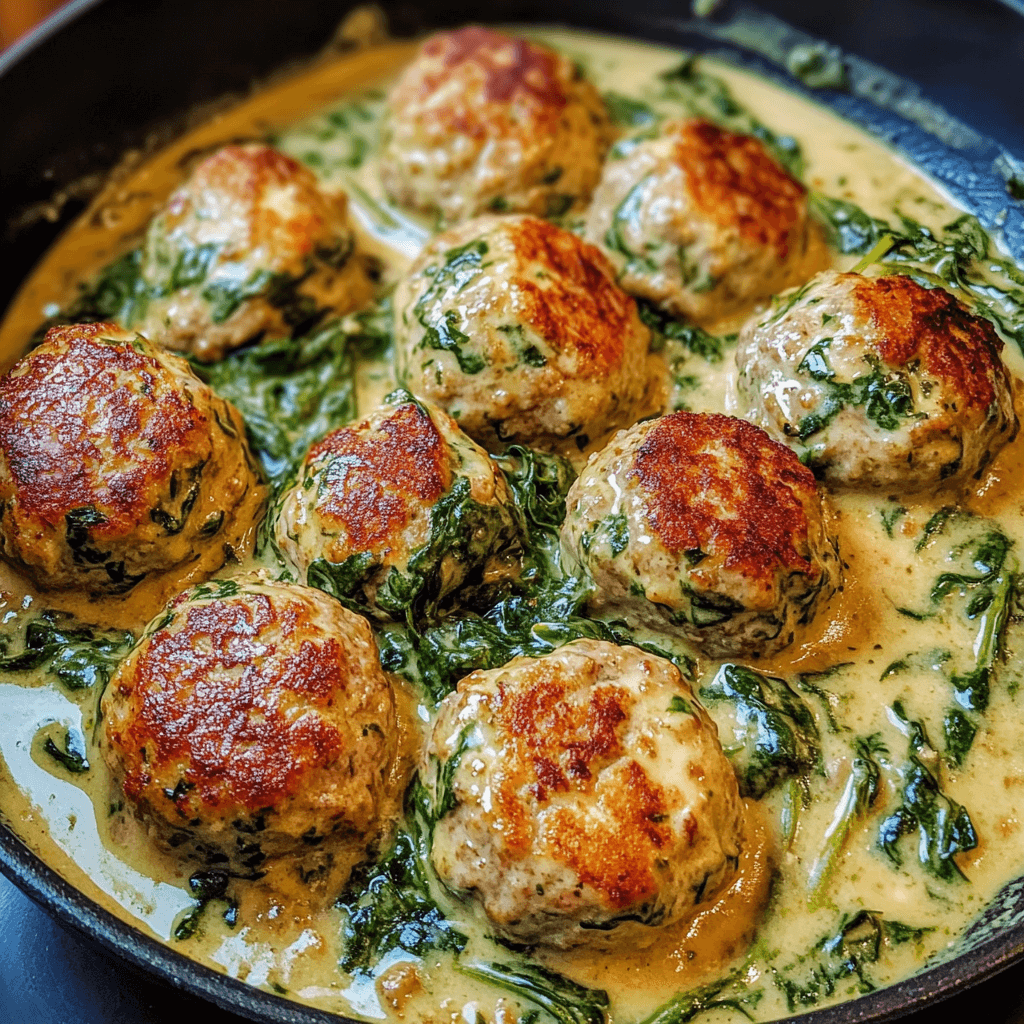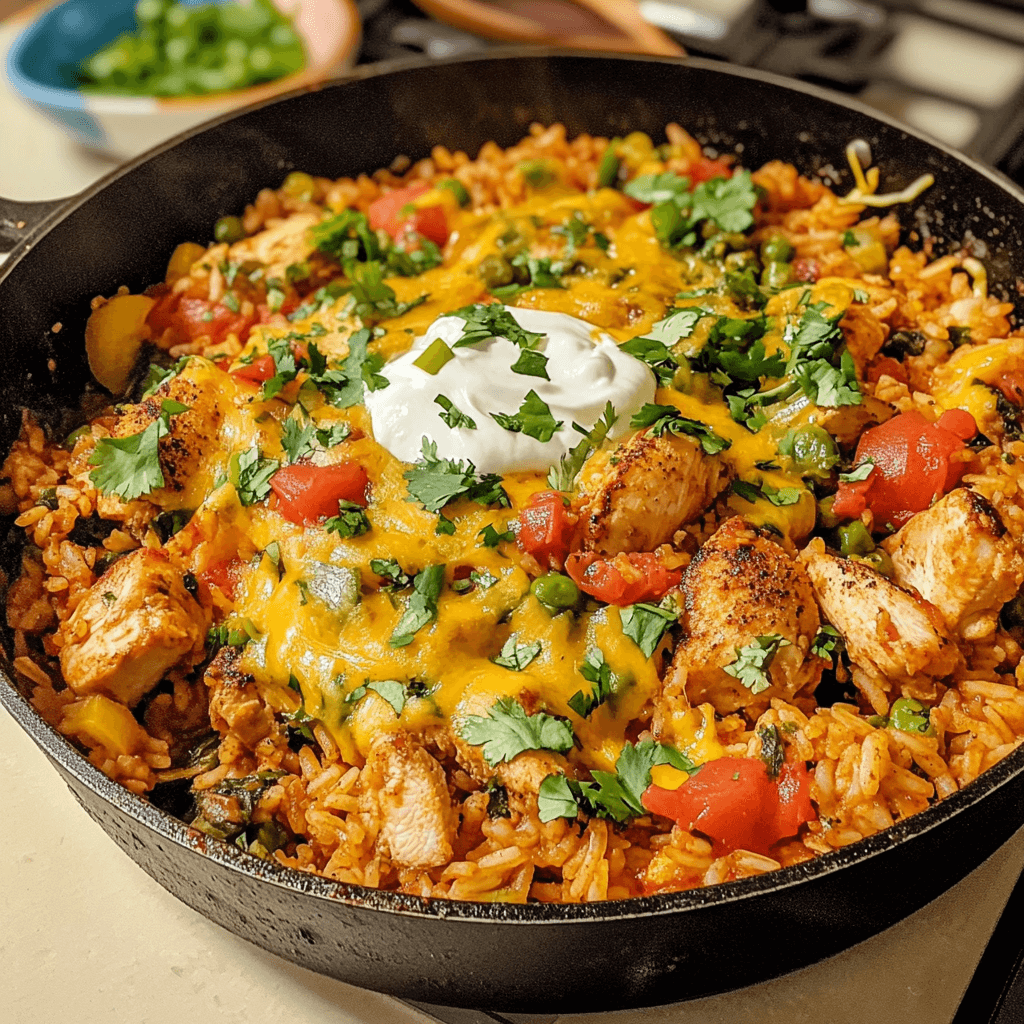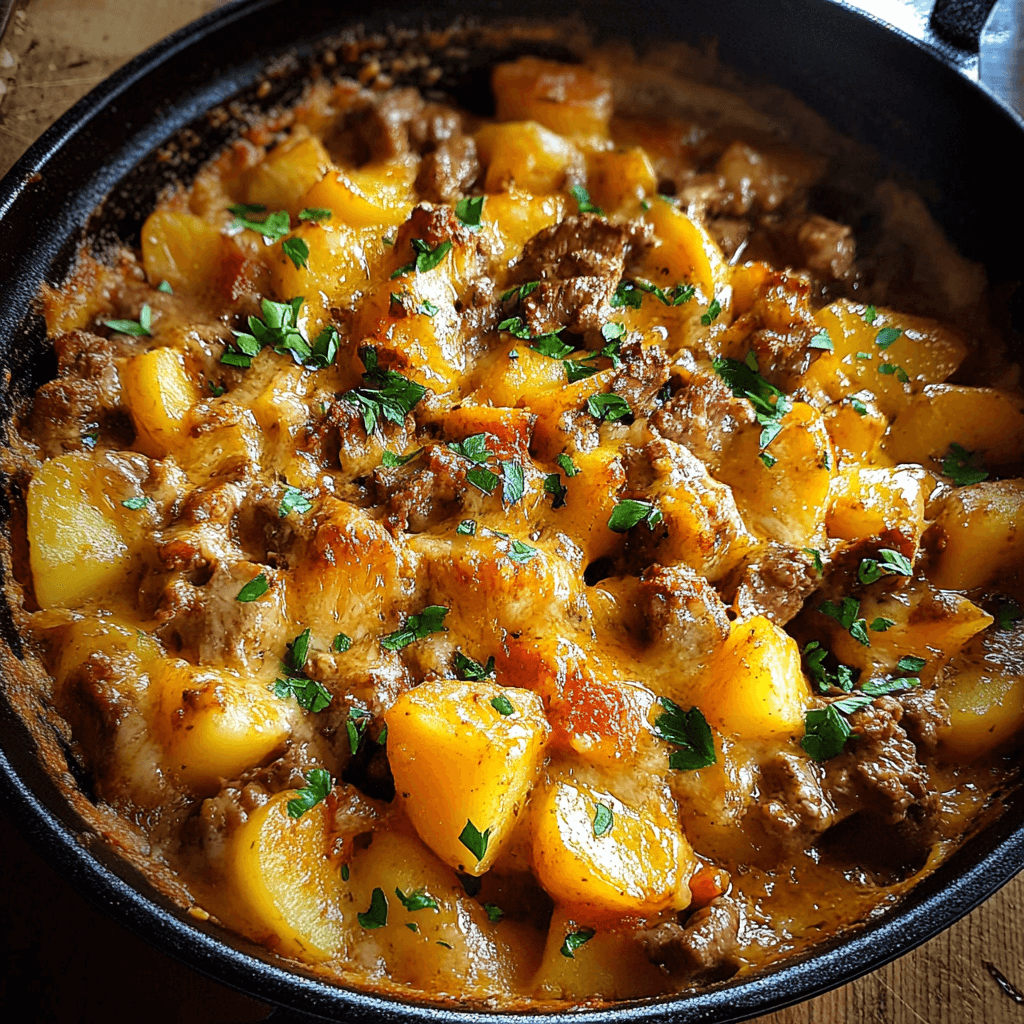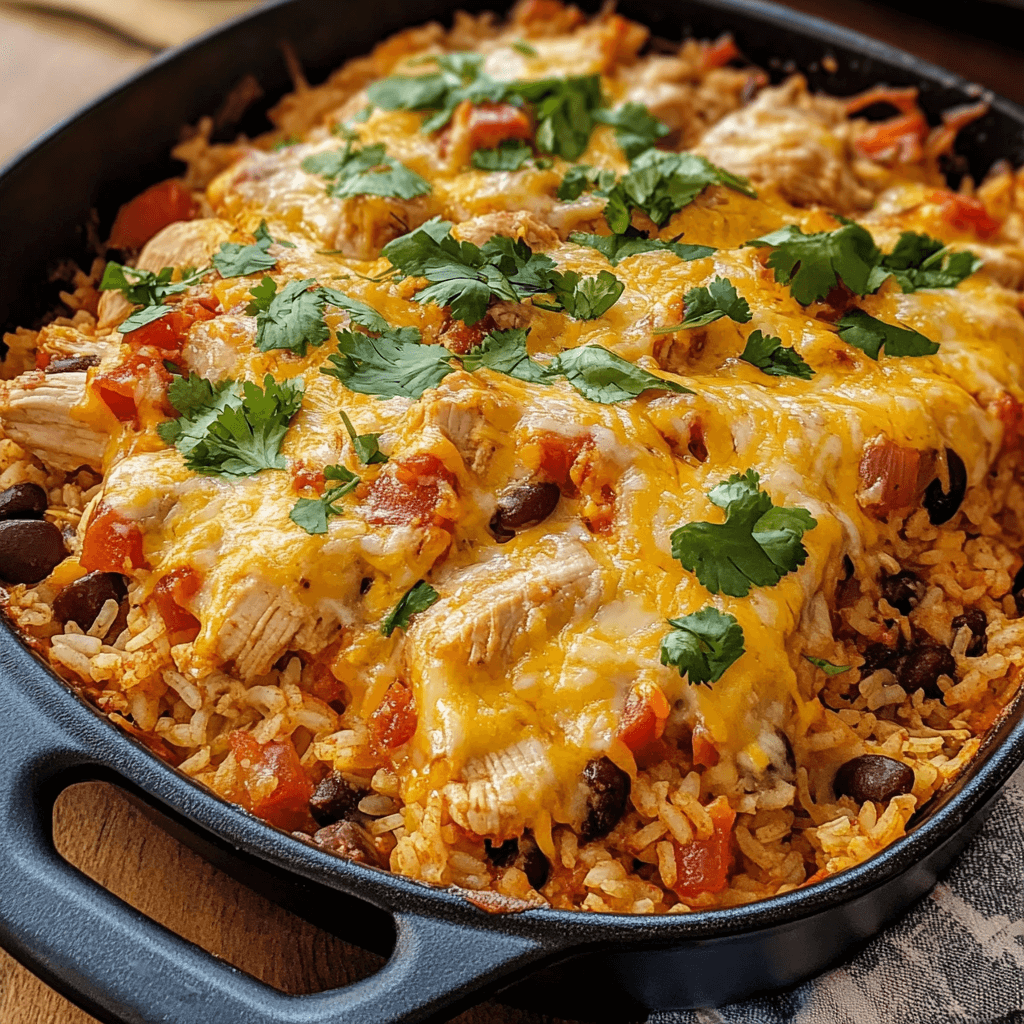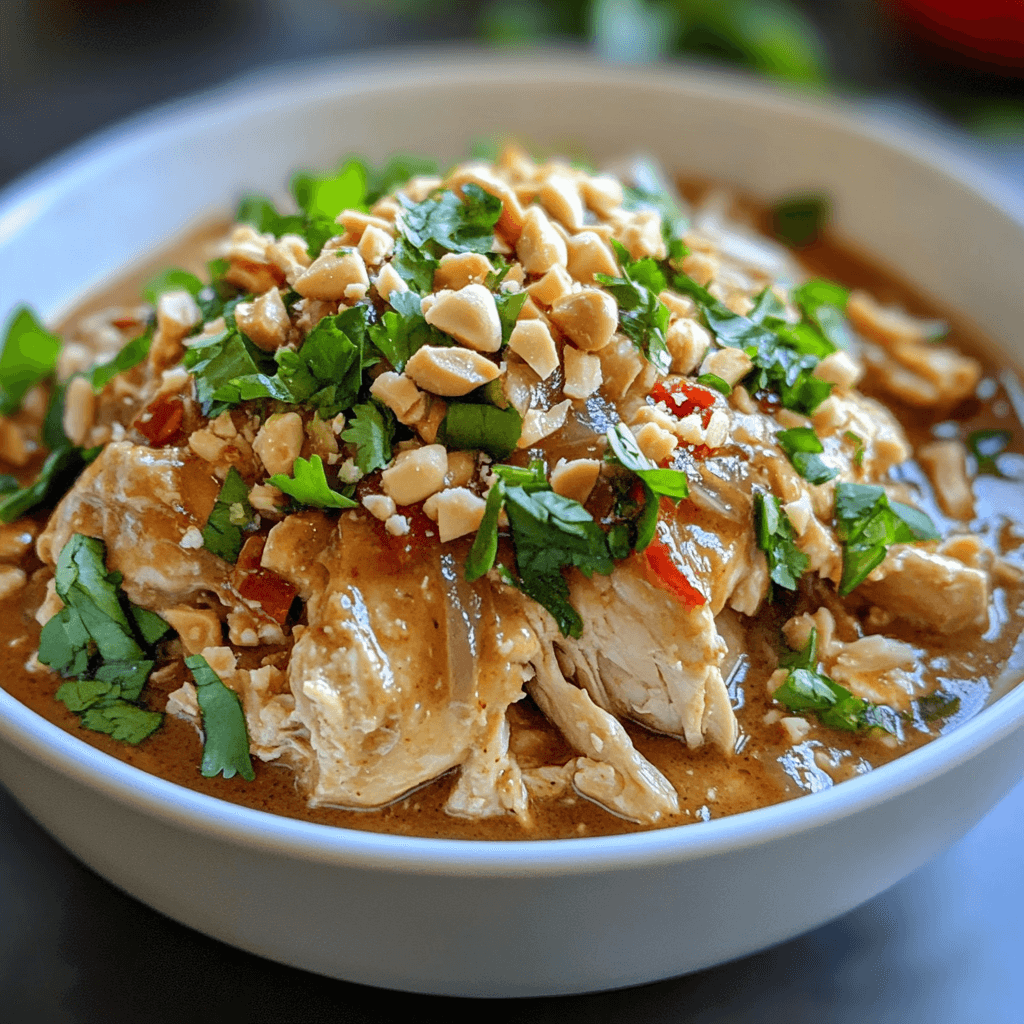Introduction to Buffalo Chicken Tenders Recipe
Buffalo Chicken Tenders Recipe, a dish that has conquered the hearts of spice lovers and comfort food enthusiasts alike, have become a staple in American cuisine. The delightful crunch followed by the zesty, tangy buffalo sauce is a symphony of flavors and textures that promises to elevate your culinary experience. Whether it’s a game day, a casual gathering, or a weekend treat, this dish never fails to impress!
History of Buffalo Chicken Tenders Recipe
The journey of buffalo chicken tenders from a simple bar snack to a beloved international dish is nothing short of fascinating. Originating from Buffalo, New York, this dish has transcended its regional boundaries, finding a place in menus across the globe. The classic combination of fried chicken, hot sauce, and butter has been tweaked and modified by chefs and home cooks, resulting in a plethora of variations that cater to diverse palates.
Choosing the Right Ingredients of Buffalo Chicken Tenders Recipe
Buffalo Chicken Tenders are a popular appetizer and snack, known for their spicy and tangy flavor. Here’s a guide on choosing the right ingredients to make them:
1. Chicken Tenders
- Quality: Opt for fresh, high-quality chicken tenders. They should have a clean, fresh scent and a pinkish hue.
- Size: Choose tenders that are uniform in size to ensure even cooking.
2. Hot Sauce
- Flavor: Choose a hot sauce that has a balance of heat and vinegar. Classic Buffalo sauce is known for its tangy, spicy flavor.
- Heat Level: Depending on your preference, select a hot sauce with a heat level that suits you and your guests.
3. Butter
- Type: Use unsalted butter to control the sodium level in your sauce.
- Quality: High-quality butter will give your Buffalo sauce a rich and smooth texture.
4. Flour Mixture
- Flour: All-purpose flour works well for a basic coating.
- Seasoning: Add spices like paprika, garlic powder, onion powder, and cayenne pepper to enhance the flavor.
- Baking Powder: A bit of baking powder can help make the coating crispier when frying.
5. Eggs
- Freshness: Ensure that the eggs are fresh to provide a good adhesive for the flour mixture.
- Size: Medium to large eggs are suitable for creating an egg wash.
6. Cooking Oil
- Type: Use a neutral oil like vegetable or canola oil for frying.
- Smoke Point: Ensure the oil has a high smoke point to withstand the heat during frying.
7. Dipping Sauce
- Blue Cheese: Traditional Buffalo chicken tenders are often served with blue cheese dressing.
- Ranch: Alternatively, ranch dressing is also a popular choice for dipping.
8. Garnish
- Celery Sticks: These provide a crisp, refreshing contrast to the spicy chicken.
- Carrot Sticks: Another crunchy, slightly sweet element to balance the heat.
9. Additional Spices (Optional)
- Garlic: Minced garlic or garlic powder can add an extra layer of flavor to your Buffalo sauce.
- Black Pepper: A dash of freshly ground black pepper can enhance the overall flavor.
Preparation Tips:
- Marinating: Allow the chicken to marinate in some hot sauce or buttermilk for added flavor and tenderness.
- Double Coating: For extra crispy tenders, you can double coat them in the flour mixture.
- Baking Option: For a lighter version, you can bake the chicken tenders instead of frying them.
Step-by-Step Buffalo Chicken Tenders Recipe
Here’s a Buffalo Chicken Tenders recipe without ingredient listing and numerations, written in an active voice:
Preparing the Chicken
Start by placing the chicken tenders in a bowl and marinating them with hot sauce for at least 30 minutes in the refrigerator. While the chicken is marinating, combine flour, paprika, garlic powder, onion powder, cayenne pepper, and baking powder in another bowl. Mix these dry ingredients well to create a flavorful flour mixture. In a separate bowl, crack and beat a couple of eggs to prepare an egg wash.
Frying the Chicken
Heat vegetable oil in a frying pan or deep fryer until it reaches 350°F (175°C). Once the chicken has marinated, dip each tender into the egg wash, then dredge it through the flour mixture, ensuring it’s evenly coated. For an extra crispy coating, repeat this step. Carefully place the coated chicken tenders into the hot oil, frying them until they turn golden brown and reach an internal temperature of 165°F (74°C). After frying, place the tenders on a plate lined with paper towels to drain any excess oil.
Preparing the Buffalo Sauce
Melt unsalted butter in a saucepan over medium heat and mix it with the remaining hot sauce. Stir the mixture until it’s well combined to create a classic Buffalo sauce. Place the fried chicken tenders in a bowl, pour the Buffalo sauce over them, and toss until all tenders are evenly coated with the sauce.
Serving
Arrange the Buffalo chicken tenders on a serving plate, placing celery and carrot sticks alongside them. Pour blue cheese or ranch dressing into a small dipping bowl and serve it alongside the tenders. Serve immediately while the tenders are hot and crispy, and enjoy your homemade Buffalo Chicken Tenders with fresh veggies and a flavorful dipping sauce!
Common Mistakes While Making Buffalo Chicken Tenders Recipe
Embarking on the culinary adventure of crafting Buffalo Chicken Tenders, several common mistakes often emerge that can hinder the perfection of this beloved dish. One pivotal misstep involves skimping on the marination time, which is essential to imbue the chicken with that signature spicy kick. Always allow the chicken to bask in the hot sauce for an adequate duration, ensuring a flavorful outcome. Another frequent error surfaces during the coating process; ensure to double-dip the tenders in the flour mixture and egg wash to achieve that coveted crispy exterior. Maintaining the oil at the right temperature, typically around 350°F (175°C), is crucial to avoid undercooking or burning the tenders, a mistake that is all too common.
Storing and Reheating Tips for Buffalo Chicken Tenders
To maintain the deliciousness of your Buffalo Chicken Tenders, it’s crucial to store and reheat them correctly. Once they’ve cooled to room temperature, place your tenders in an airtight container or seal them securely in a zip-lock bag before refrigerating. They’ll stay at peak tastiness for up to three days when stored properly. Reheating should be done in an oven preheated to 375°F (190°C) for about 10-15 minutes, allowing the tenders to become perfectly crisp again. The microwave is not recommended as it often results in a less desirable texture. If you’ve got leftover sauce, warm it gently over low heat on the stove, constantly stirring for even heat distribution. Following these steps ensures every bite of your tenders is as good as freshly made, even on the next day. For extra tips on storing chicken, you can visit FoodSafety.gov.
Crafting Kid-Friendly Buffalo Chicken Tenders
Transforming Buffalo Chicken Tenders into a kid-friendly dish can be simple and fun. Tone down the heat by choosing a milder sauce or diluting the buffalo sauce with a bit of broth. Introduce a sweet note to the sauce, such as a dash of honey, which is known to be a hit with the little ones. Add a crunchy twist to your breading by incorporating crushed cornflakes for that extra crunch children love. Baking the tenders is a healthier option and can still achieve the desired crispness. Offer a selection of dip options like ranch or honey mustard to cater to different tastes. Don’t forget to pair the tenders with vibrant and healthy side options like fresh vegetables, which can make the meal even more inviting. For more kid-friendly recipes and tips on making meals exciting for children, check out resources like KidsHealth or MyPlate.
By implementing these strategies, you’ll ensure that the Buffalo Chicken Tenders are enjoyable for all age groups without losing their signature appeal.
Nutritional Information
Buffalo Chicken Tenders, while scrumptious and popular, come with a nutritional profile that you might want to consider, especially if you’re mindful of your dietary intake. A typical serving of Buffalo Chicken Tenders can contain a notable amount of calories, largely from the frying oil and the buttery Buffalo sauce. The chicken itself is a solid source of protein, but the frying process can introduce additional fats, particularly saturated fats. The flour coating, while providing that desired crispiness, also adds carbohydrates to the mix. The hot sauce, while low in calories, can be high in sodium, which is something to be mindful of for heart-healthy diets. To create a lighter version, consider baking the tenders instead of frying, using a low-sodium hot sauce, and perhaps a plant-based butter for the sauce.
Hosting a Party with Buffalo Chicken Tenders
Hosting a party with Buffalo Chicken Tenders as a star appetizer can set a lively and flavorful tone for your event. Begin by preparing a generous batch of tenders, ensuring there are enough to satiate your guests and allow for seconds. Consider offering variations, such as spicy and mild versions, to cater to different palate preferences. Set up a dipping station with an array of sauces, including classic blue cheese, ranch, and perhaps a few inventive options like spicy mayo or a sweet chili sauce. Accompany the tenders with a colorful array of fresh vegetables like celery sticks, carrot sticks, and bell pepper slices, providing a crisp and refreshing counterbalance to the spicy tenders. Don’t forget to include options for guests with dietary restrictions by offering vegetarian or vegan alternatives like Buffalo cauliflower bites or tofu tenders.
FAQs About Buffalo Chicken Tenders Recipe
Q: Can I bake the chicken tenders instead of frying them?
A: Yes, you can absolutely bake the chicken tenders. Place them on a baking sheet and bake at 400°F (200°C) for about 20-25 minutes, flipping halfway through, until they achieve a crispy exterior and a fully cooked interior.
Q: How do I store leftover Buffalo Chicken Tenders?
A: Allow the leftover tenders to cool completely, then store them in an airtight container in the refrigerator. They’ll stay fresh for up to three days.
Q: What can I use as a substitute for hot sauce?
A: If you don’t have hot sauce, mix vinegar with a pinch of cayenne pepper and a dash of paprika. Adjust the spices to reach your desired heat level.
Q: How can I make the recipe gluten-free?
A: Replace the all-purpose flour with a gluten-free flour blend and ensure that your hot sauce and other ingredients are certified gluten-free.
Q: Can I use chicken breasts instead of tenders?
A: Yes, you can use chicken breasts. Slice them into strips to mimic tenders, ensuring they are not too thick, and then follow the recipe as directed.
Q: What other dips can I serve with the tenders?
A: Apart from the classic blue cheese and ranch, consider serving honey mustard, garlic aioli, or a yogurt-based dip for additional flavor options.
Q: Can I prepare the chicken tenders in advance for a party?
A: Yes, you can prepare the chicken tenders a day in advance. Store them in the refrigerator and reheat them in the oven to maintain crispiness before serving.
Q: How do I ensure the coating sticks well to the chicken?
A: Make sure to dip the chicken thoroughly in the egg wash and then coat it evenly with the flour mixture. Press the flour mixture onto the chicken to ensure it adheres well.
Q: Can I make the Buffalo Chicken Tenders in an air fryer?
A: Definitely! Cook the tenders in an air fryer at 400°F (200°C) for 10-12 minutes, turning halfway through, until they are crispy and fully cooked.
Q: How can I adjust the spiciness of the Buffalo sauce?
A: Control the heat by adjusting the quantity of hot sauce to your liking. You can also add a sweet component, like honey, to balance the spiciness.
These answers should guide you through making your Buffalo Chicken Tenders with ease and adaptability to various preferences and dietary needs!
Q: What goes good with buffalo tenders?
A: Numerous sides pair wonderfully with buffalo tenders. Classic options include celery and carrot sticks, blue cheese or ranch dressing, and a fresh salad. For a hearty meal, consider pairing with macaroni and cheese, coleslaw, or potato salad. Garlic bread or a light cucumber salad also complement the spicy tenders well.
Q: Is buffalo sauce and hot sauce the same?
A: No, buffalo sauce and hot sauce are not the same, although hot sauce is a key ingredient in buffalo sauce. Buffalo sauce combines hot sauce with melted butter and occasionally other ingredients like vinegar, Worcestershire sauce, and garlic, creating a creamy and flavorful sauce that’s less spicy and more nuanced than pure hot sauce.
Q: How do you keep chicken tenders from getting tough?
A: To prevent chicken tenders from becoming tough, avoid overcooking them. Use a meat thermometer to ensure they reach an internal temperature of 165°F (74°C) and then remove them from the heat immediately. Marinating the tenders before cooking can also help to keep them tender and juicy by breaking down some of the muscle fibers.
Q: Why are my chicken tenders not crispy?
A: Several factors could lead to less-than-crispy chicken tenders. Ensure the oil is hot enough (around 350°F or 175°C) before frying, and do not overcrowd the pan, which can lower the oil temperature. Also, make sure the chicken is well-coated with the flour mixture, and allow any excess egg wash to drip off before dredging. If baking, ensure the oven is preheated and consider using a wire rack to allow air to circulate around the tenders, promoting even crisping.

